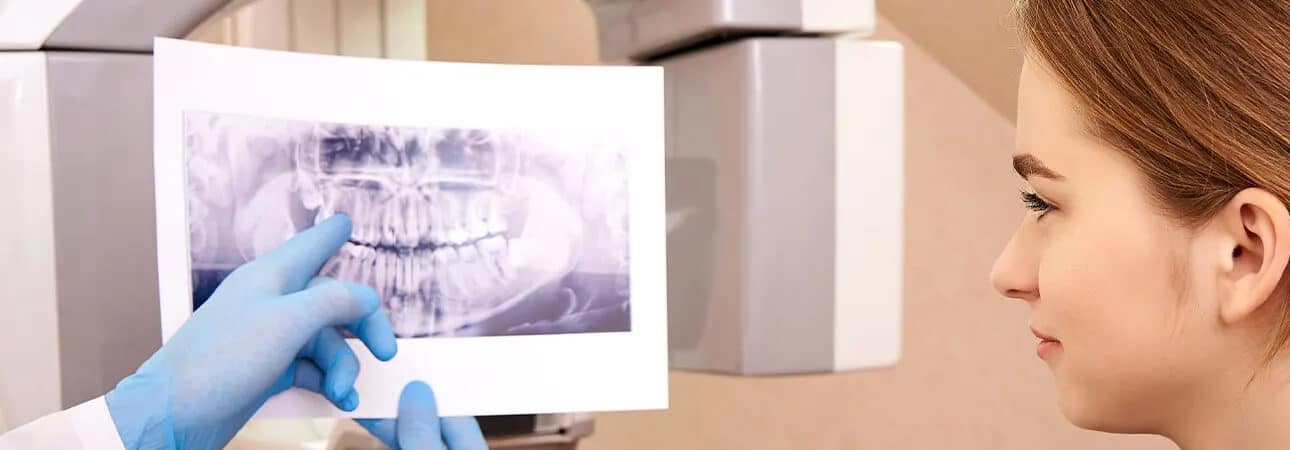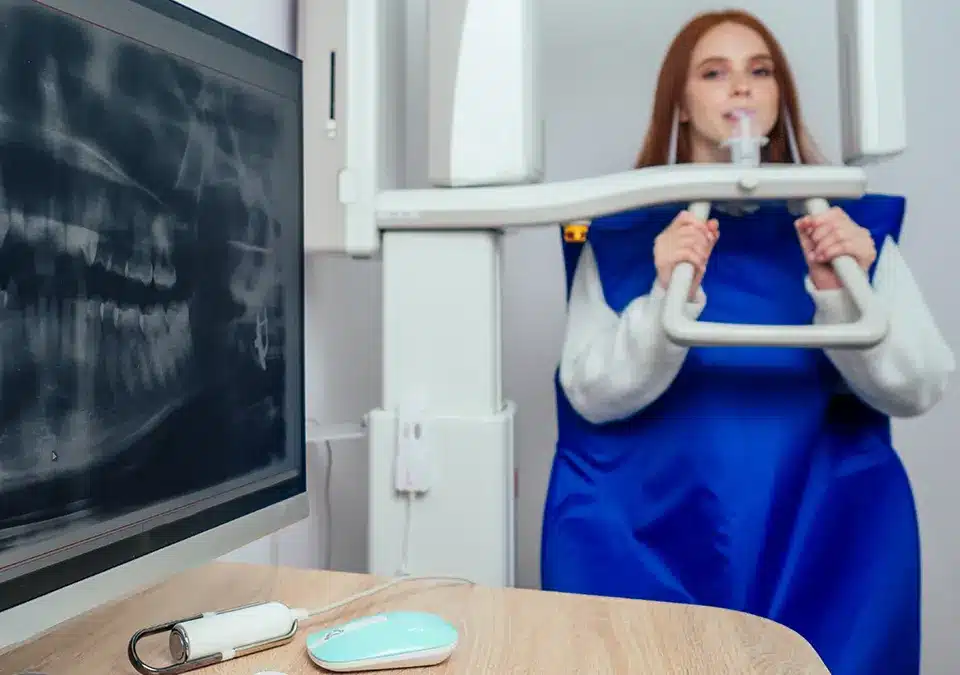If you’ve ever had a dental checkup, chances are you’ve had dental X-rays taken. They’re a common part of most routine visits, but for many patients, they still come with questions. Why are they needed? What do they show? And the big one: Are dental X-rays safe?
At Dentistry Thirty Two, we understand that being informed makes dental visits more comfortable. So, here’s a helpful breakdown of everything you need to know about dental X-rays.
What Are Dental X-Rays?
Dental X-rays, also called radiographs, are images of your teeth and jaw taken using a very low level of radiation exposure. They help dentists see things that aren’t visible during a regular exam, like cavities between teeth, infections, bone loss, or issues under the gumline.
The type of dental X-ray you get will depend on what your dentist needs to examine.
- Bitewing X-rays: Show the upper and lower teeth in one area. Often used to spot cavities between teeth.
- Periapical X-rays: Focus on one or two teeth at a time, showing the full tooth, from crown to root.
- Panoramic X-rays: Capture the entire mouth in a single image. They are great for checking wisdom teeth, jaw issues, or orthodontic planning.
- Occlusal X-rays: Used to view how your top and bottom teeth line up, often in kids.
What Happens During a Dental X-Ray Appointment?
Getting a dental X-ray is a quick and painless process. Here’s what you can expect:
- Preparation: You’ll be asked to remove any jewelry, glasses, or metal objects near your face or neck. A lead apron will be placed over your chest and lap to minimize exposure.
- Positioning: Depending on the type of X-ray, you might sit in a chair or stand, and the dental assistant will position the X-ray machine beside your cheek or around your head.
- Taking the Image: You may need to bite down on a small plastic piece for a few seconds while the image is taken. That’s it. Most X-rays take less than a minute to complete.
There’s no recovery time needed, and you can go about your day as normal.
Are Dental X-Rays Safe?
This is probably the most common question asked about X-rays, and it’s an important one.
The short answer is yes, dental X-rays are safe. The amount of radiation used is extremely low, especially with modern digital X-ray systems, which use up to 80% less radiation than older film-based methods.
To put it into perspective, a single bitewing X-ray exposes you to less radiation than a short flight on an airplane. It’s also far less than what you’re exposed to naturally in the environment every day.
Here’s how we help keep exposure as low as possible:
- We only take X-rays when necessary, based on your dental history and current oral health.
- We use digital X-rays, which require significantly less radiation.
- We always use protective lead aprons and collars to shield the body.
If you’re pregnant or think you might be, let your dentist know. In most cases, routine X-rays are postponed unless absolutely necessary.
Why Do Dentists Use X-Rays?
Dental X-rays are a vital part of preventive care. They allow us to:
- Detect cavities early (even before they cause pain)
- Check for bone loss from gum disease
- Monitor developing teeth in children and teens
- Track the health of tooth roots and jawbone
- Plan treatments like fillings, crowns, or implants
- Catch infections or abscesses that may not be visible
Without X-rays, many dental problems would go unnoticed until they become more serious, and more expensive to treat.

How Often Do I Need Dental X-Rays?
There’s no one-size-fits-all answer. How often you need X-rays depends on:
- Your age
- Your dental history
- The current condition of your teeth and gums
- Any symptoms or concerns you’re experiencing
For most healthy adults, bitewing X-rays are taken once a year during regular checkups. If you’re prone to cavities or have ongoing issues, your dentist may recommend them more often. Children may need them more frequently since their teeth and jaws are still developing.
Again, it’s about being cautious without overdoing it. Your dentist will only recommend X-rays when the benefit outweighs the risk.
Do Dental X-Rays Hurt?
Not at all. While biting down on the plastic X-ray holder can feel a bit awkward, the process is not painful. If you have a sensitive gag reflex, let your dental team know. There are ways to make the process more comfortable.
What Happens After the X-Ray?
Once the images are taken, your dentist will review them with you. You’ll be able to see what’s going on below the surface of your teeth and gums, which helps you better understand your oral health and treatment options.
X-rays are a valuable communication tool. They show you what we see, which makes it easier to make informed decisions about your care.
A Quick Recap
Here’s a summary of what we covered:
- Dental X-rays are safe and low-radiation, especially with digital technology.
- They help detect problems early, before they become serious.
- Most people only need them once a year, unless there’s a specific concern.
- The process is quick, painless, and handled with care at your dentist’s office.
- They’re a key part of understanding and protecting your long-term oral health.
Still Have Questions About Dental X-Rays?
We get it, your health matters, and asking questions is a good thing. At Dentistry Thirty Two, we’re always happy to talk through any concerns and explain each step so you feel comfortable and confident in your care.
If you’re due for a checkup or wondering whether X-rays are right for you, book an appointment with us today. We’ll make sure you get the care you need, safely and clearly explained.

